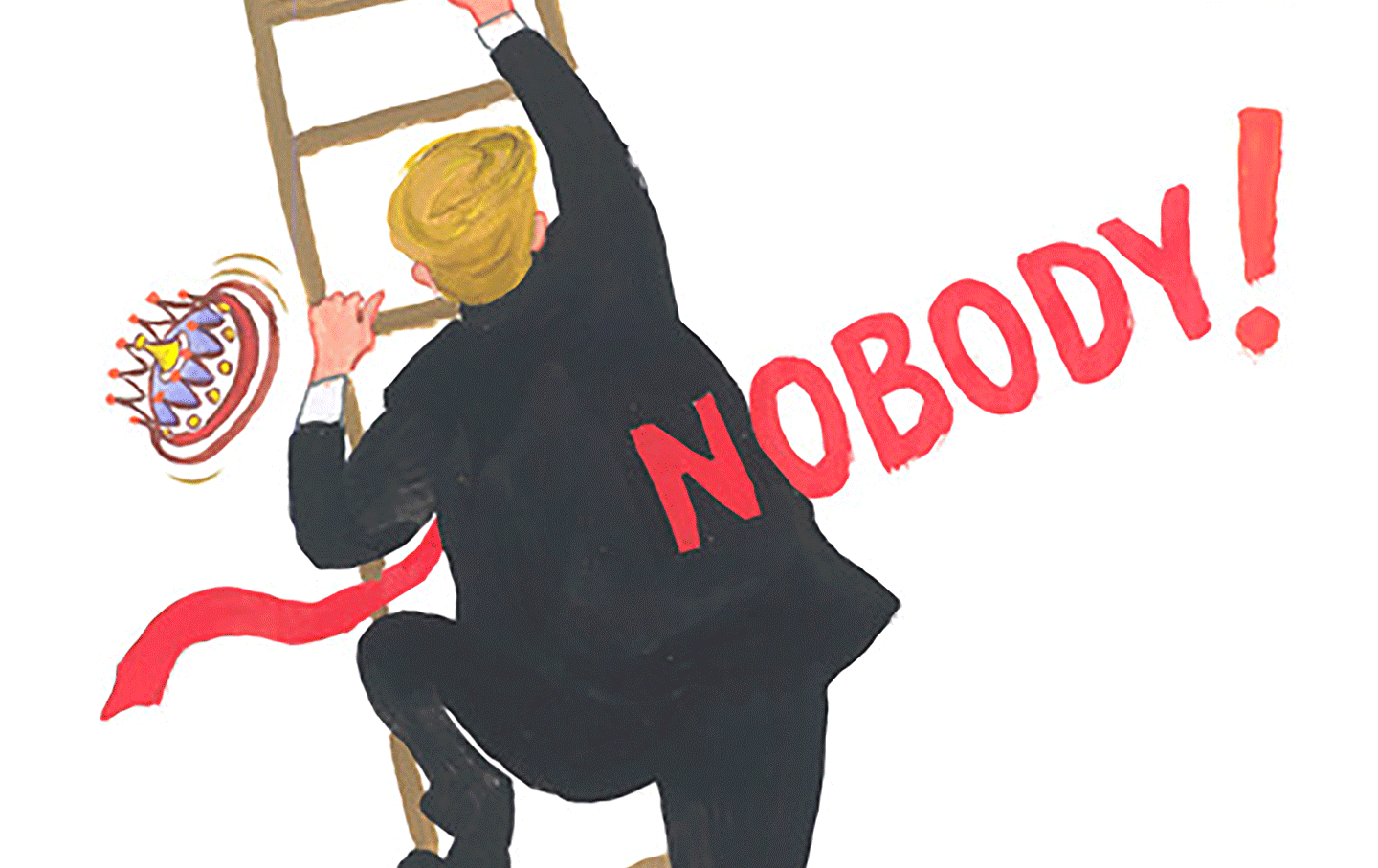What is Known About Iran’s Nuclear Programme
Iran’s nuclear programme has been a subject of significant international intrigue and concern for decades. With geopolitical complexities and a range of associated controversies, understanding this programme is essential for grasping current global dynamics. This article delves into various aspects of iran’s nuclear ambitions, providing a complete overview of its history, objectives, challenges, and the international response.
History of Iran’s Nuclear Programme
Iran’s nuclear ambitions date back to the 1950s, with its initial programme supported by the United States through the “Atoms for Peace” initiative.Over the years, iran’s nuclear activities have undergone various phases:
- 1960s–1970s: Initial development with assistance from Western countries.
- 1979: The Iranian revolution puts a halt to the nuclear programme.
- 1980s: Renewed interest and efforts, particularly after the Gulf War.
- 2002: The National Council of Resistance of Iran reveals clandestine nuclear activities.
Aims and Objectives of the Programme
The primary objectives of Iran’s nuclear programme include:
- Energy Generation: Aimed at producing nuclear energy for civilian use to meet growing domestic energy needs.
- Scientific Advancement: developing capabilities in nuclear technology for peaceful purposes.
- strategic deterrence: Enhancing national security through potential nuclear capabilities.
Current Status of the Programme
As of the latest updates, iran’s nuclear programme is at a critical juncture:
| Year | Key Developments | Status |
|---|---|---|
| 2015 | Joint Comprehensive Plan of Action (JCPOA) signed | Reduced uranium enrichment |
| 2018 | U.S. withdrawal from JCPOA | Resumption of enrichment activities |
| 2022 | Negotiations for renewed talks | Stalled progress |
International Response and Relations
The international community has had a mixed response to iran’s nuclear programme:
Sanctions and Diplomatic Efforts
Various countries and organizations have imposed sanctions against Iran, primarily aimed at curtailing its nuclear ambitions:
- United Nations: Sanctions imposed via Security Council resolutions.
- united States: Economic sanctions intensified after the U.S. exit from the JCPOA.
- European Union: Diplomatic engagement through talks and sanctions.
Case Studies of Negotiation Efforts
Several negotiation attempts have aimed to curb iran’s nuclear activities:
- 2003–2005: Paris agreement aimed at freezing enrichment.
- 2013–2015: JCPOA negotiations that initially reduced tensions.
concerns and Challenges
The ongoing nuclear programme poses several challenges and concerns:
Regional Security
Neighboring countries, especially Israel and Saudi Arabia, view Iran’s nuclear potential as a direct threat, raising the stakes for regional stability.
Proliferation concerns
There are fears that a nuclear-armed Iran could spark a proliferation cascade in the Middle East, prompting countries like Saudi Arabia and Egypt to pursue their own nuclear capabilities.
Verification and openness
Ensuring compliance with international regulations has been problematic due to Iran’s lack of transparency regarding its nuclear activities. The International atomic Energy Agency (IAEA) has faced challenges in obtaining the necessary access to verify data effectively.
Potential Benefits of a Peaceful Nuclear Programme
While the nuclear programme raises significant concerns, it also has potential benefits when managed under strict oversight:
- Energy Independence: Reducing reliance on fossil fuels.
- medical Applications: Utilization of nuclear technology in medicine.
- Technological Advancements: Progress in scientific research and development.
Conclusion: The Future of Iran’s Nuclear Programme
Iran’s nuclear programme remains one of the most contentious issues in international relations. As negotiations continue and geopolitical dynamics shift, the future of Iran’s nuclear ambitions will be closely scrutinized.
Understanding the complexities of this programme is essential for policymakers, diplomats, and citizens alike, as the implications reach far beyond Iran’s borders. It is indeed only through cooperative dialogues and stringent verification measures that we can hope to achieve a sustainable resolution to this critical issue.






